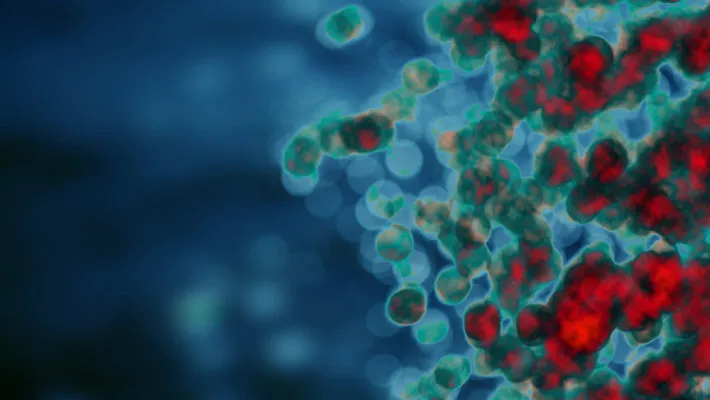Mast Cell Activation Syndrome is an increasingly common disorder that can be difficult to diagnose and treat. To understand mast cell activation syndrome (MCAS), one must first understand what mast cells are and do. Mast cells are part of the body’s defense, part of the immune system. Specifically, they are part of the innate immune system, or rapid response, meaning they respond quickly to harmful intrusions. They are also important for wound healing. Certain things trigger mast cells to do their work, like bacteria, viruses, parasites, venoms and more. When mast cells are overactive or accumulate too much, this is known as a mast cell disorder. This accumulation can occur in the skin, or internal organs can be affected. In MCAS, the accumulated mast cells are sometimes genetically altered, or certain triggers cause an abnormal release of mast cell mediators. The exact causes of MCAS are unknown. Possible triggers for MCAS symptoms include heat, cold, friction, sunlight, fatigue, exercise, certain foods (cheese, spices, shellfish, food colorings), environmental toxins like perfumes and pesticides, bites from venomous animals and insects,, infection and drugs.
Symptoms
The first signs of mast cell activation syndrome are rashes since birth, or severe allergic reactions. Fatigue, pain, rhinitis and asthma can be associated symptoms. MCAS can affect many different bodily systems, including the skin, gastrointestinal, cardiovascular, respiratory and neurologic systems. Nausea, vomiting, diarrhea, abdominal cramping and nasal stuffiness are also common symptoms.
Treatment
Medical professionals will find that symptoms of this syndrome can often be controlled with dietary changes and environment precautions and changes. Antihistamines are commonly used, as are a number of other medications that treat specific symptoms of MCAS. Other medications are used to stabilize mast cell membranes. Once an accurate diagnosis is made, treatment is generally successful.


